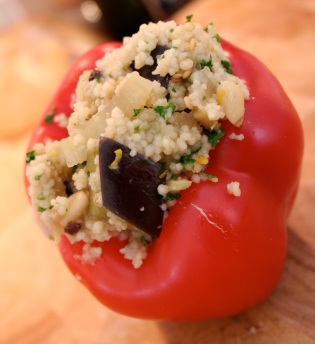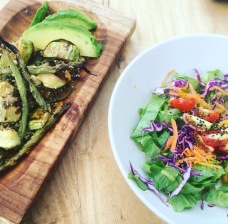Coffee gets a bad wrap in the Ayurveda community. In this episode I talk about the how, if and when to get your coffee on. We’ll also cover the really delicious coffee alternatives that I use, and how to wean yourself off of the bean.
In this episode I discuss:
~What you need to know about rat orgasms
~What Ayurvedic food Is and Isn’t
~Coffee can be medicine
~Coffee effects on our digestive system
~Coffee effects on our reproductive system
~Constituents of the coffee bean
~How to wean off of coffee
~Stimulants that don’t aggravate the organs as much as coffee
~Book: Balance Your Hormones, Balance Your Life
~Awesome coffee alternative: Rasa Coffee & Cocoa Rasa Coffee
~My favorite Chai Tea!!
~When to drink coffee
~How to make coffee Ayurvedic
~Ahara Ghee Coffee Recipes:
~Get my FREE Divine Feminine Ayurveda Mini-Course!
~I love the Ahara Ghee family! They churn their butter in small batches. Use promocode GHEESPOT at checkout for $5 off your order.
Learn more:
Free Divine Feminine Ayurveda Mini-Course
HELP US SPREAD OUR POD WINGS
This show is a passion project that I produce for the love of sharing. If you enjoy this show and want a free and easy way to help it grow, the most effective way you can help is to:
- Subscribe to the show by clicking “subscribe” in iTunes
- Write us a review in iTunes
- Share this show with one friend right now!
It’s seems simple, but you’d be AMAZED to know how much it helps my little love project reach more people. iTunes’ algorithm uses ratings and reviews to know who to show our show to in their app.
Here’s the link to leave us reviews in iTunes.
From my heart to your screen,
Katie
 Dreaming of bowls packed full of Sattvic goodness. Sometimes all you need is a bowl of steamed veggies! ⠀
Dreaming of bowls packed full of Sattvic goodness. Sometimes all you need is a bowl of steamed veggies! ⠀



